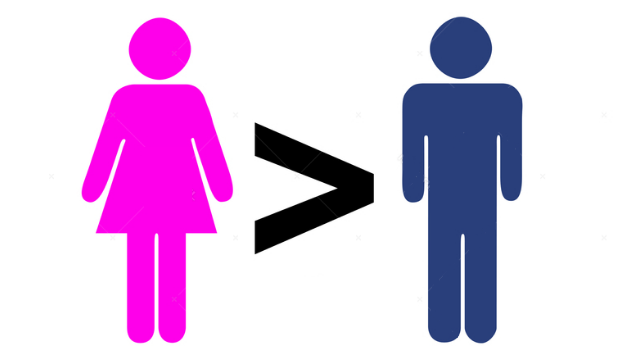Key Findings of NFHS-5 Phase II
- 25 Nov 2021
After NFHS-5 in respect of 22 States & UTs covered in Phase-I (released in December, 2020), the Phase II report was released recently for India and 14 States/UTs (clubbed under Phase-II) of the 2019-21 National Family Health Survey (NFHS-5).
The States and UTs which were surveyed in the Phase-II are Arunachal Pradesh, Chandigarh, Chhattisgarh, Haryana, Jharkhand, Madhya Pradesh, NCT of Delhi, Odisha, Puducherry, Punjab, Rajasthan, Tamil Nadu, Uttar Pradesh and Uttarakhand.

The key results from India and Phase-II States/UTs NFHS-5 Factsheet
| More Women than Men in India for the 1st Time
Gender Ratio at Birth - Still a Concern
|
Other Findings
- The Total Fertility Rates (TFR) - an average number of children per women has further declined from 2.2 to 2.0 at the national level and all 14States/UT’s ranging from 1.4 in Chandigarh to 2.4 in Uttar Pradesh. All Phase-II States have achieved replacement level of fertility (2.1) except Madhya Pradesh, Rajasthan, Jharkhand and Uttar Pradesh.
- Overall Contraceptive Prevalence Rate (CPR) has increased substantially from 54% to 67% at all-India level and in almost all Phase-II States/UTs with an exception of Punjab. Use of modern methods of contraceptives has also increased in almost all States/UTs.
- Unmet needs of Family Planning - have witnessed a significant decline from13 per cent to 9 per cent at all-India level and in most of the Phase-II States/UTs. The unmet need for spacing which remained a major issue in India in the past has come down to less than 10 per cent in all the States except Jharkhand (12%), Arunachal Pradesh (13%) and Uttar Pradesh (13%).
- Full Immunization Drive among Children aged 12-23 months has recorded substantial improvement from 62 per cent to 76 per cent at all-India level.11out of 14 States/UTs has more than three-fourth of children aged 12-23 months with fully immunization and it is highest (90%) for Odisha.
- Institutional Births: Increased substantially from 79 per cent to 89 percent at all-India Level. Institutional delivery is 100 per cent in Puducherry and Tamil Nadu and more than 90 per cent in 7 States/UTs out of 12 Phase II States/UTs.
- C-section: Along with an increase in institutional births, there has also been a substantial increase in C-section deliveries in many States/UTs especially in private health facilities.
Child Nutrition: Improved
- Stunting: Declined from 38 per cent to 36 per cent
- Wasting: Declined from 21 per cent to 19 per cent
- Underweight: Declined from 36 per cent to 32 percent
Breastfeeding: Improved
- Exclusive breastfeeding to children under age 6 months has shown an improvement in all-India level from 55 percent in 2015-16 to 64 per cent in 2019-21. All the phase-II States/UTs are also showing a considerable progress.
Anaemia is still a Concern
- Among children and women it continues to be a cause of concern. More than half of the children and women (including pregnant women) are anemic in all the phase-II States/UTs and all-India level compared to NFHS4, in spite of substantial increase in the composition of iron folic acid (IFA) tablets by pregnant women for 180 days or more.




